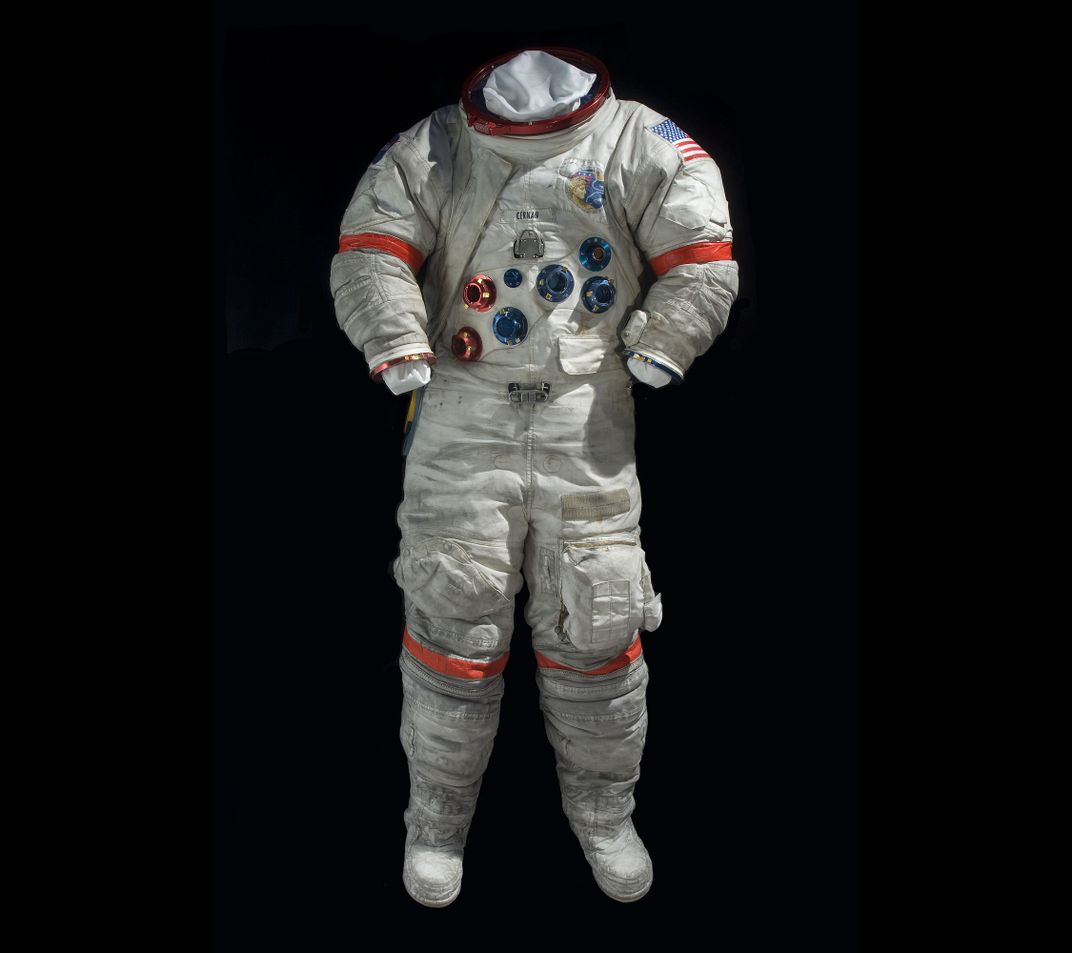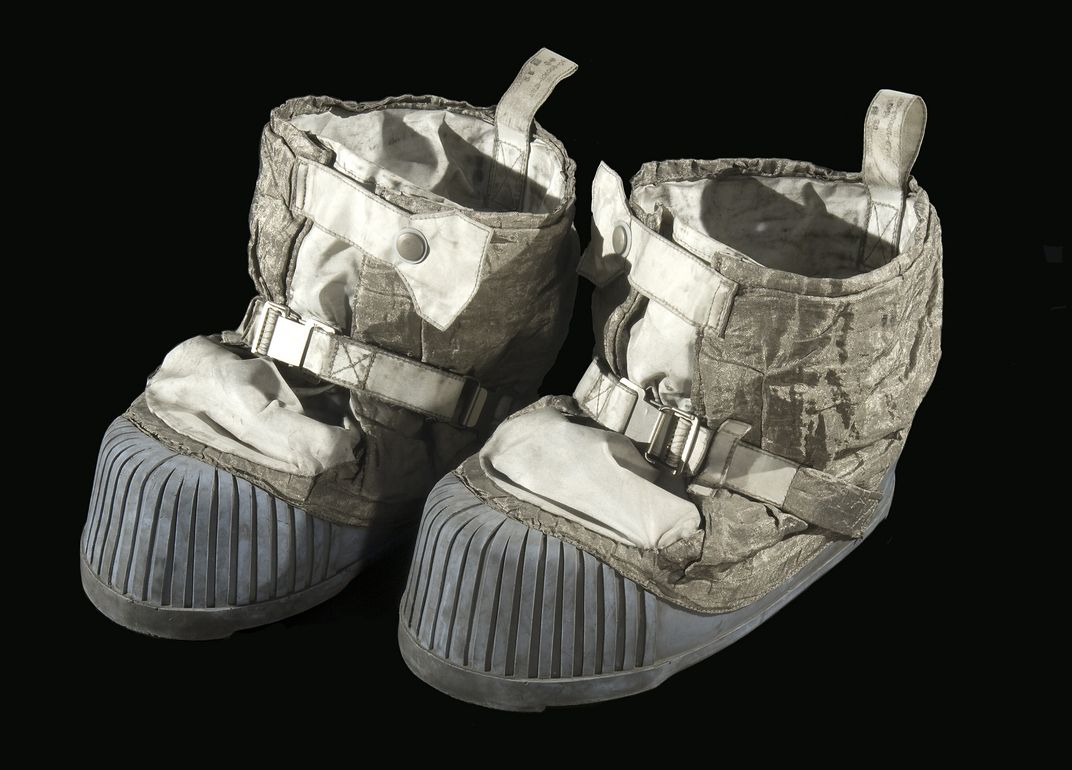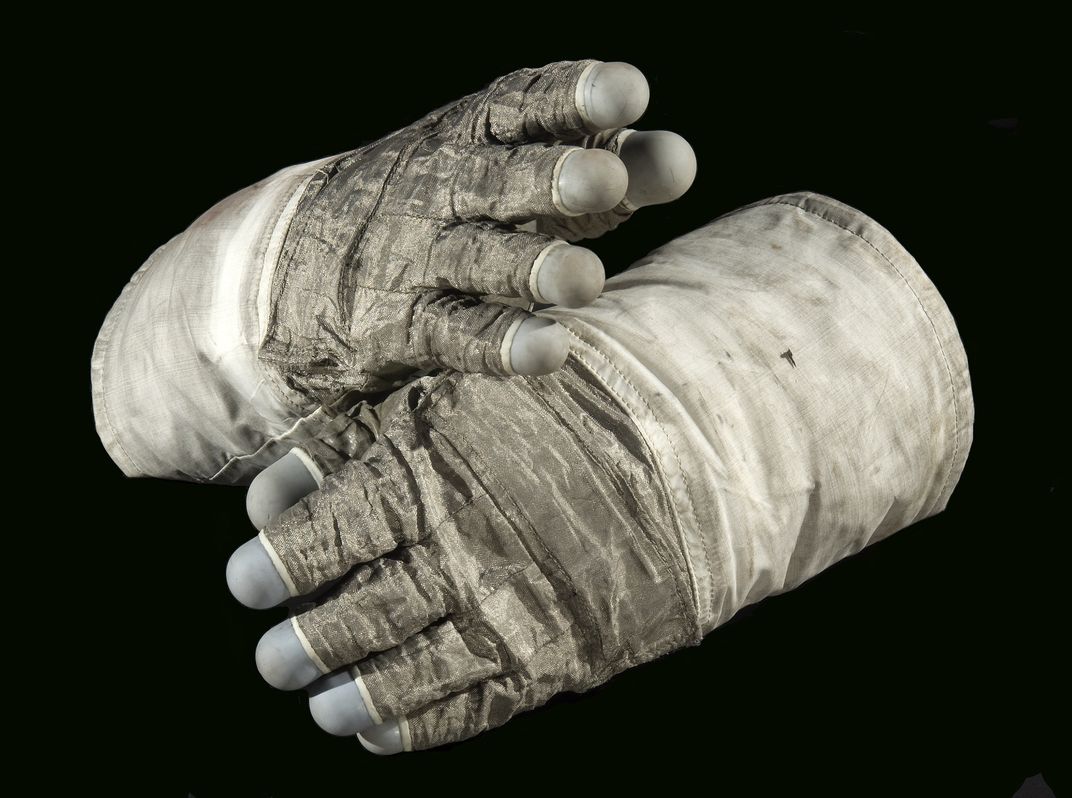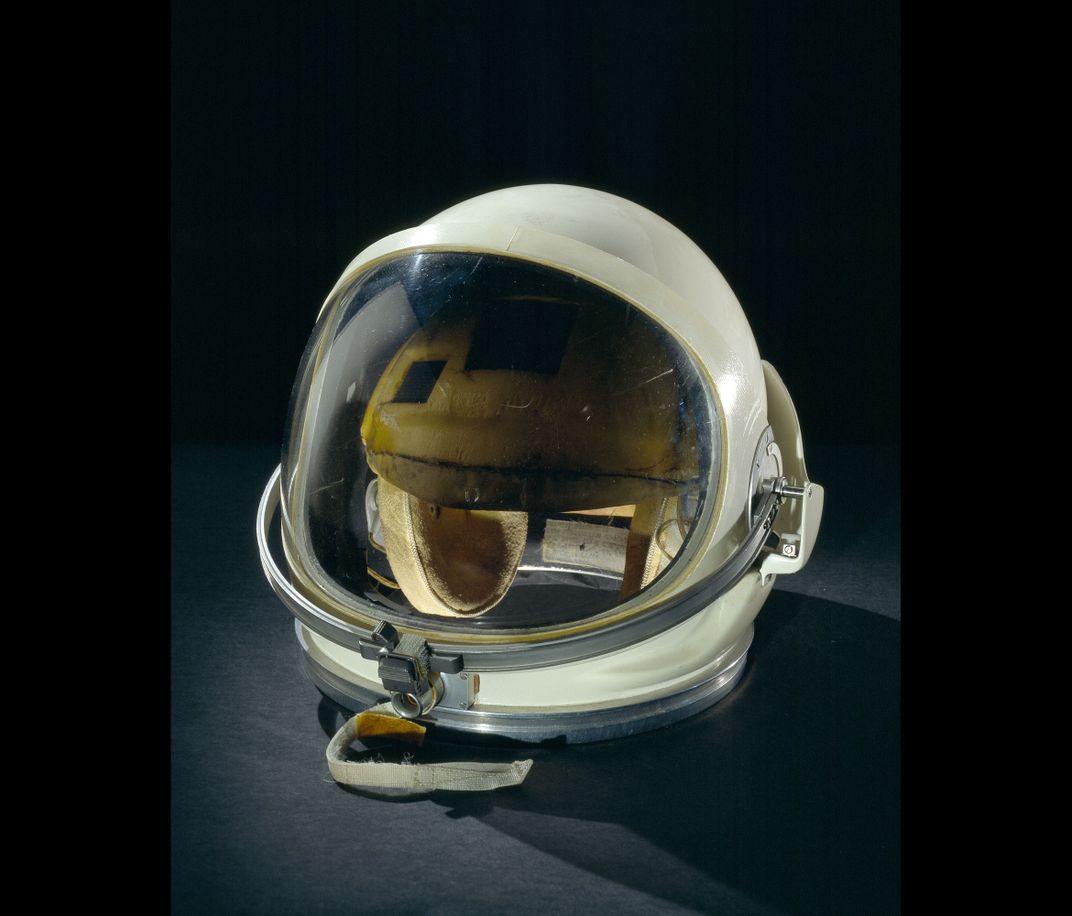Eugene Cernan: The Last Man on the Moon and So Much More
His experience helped make spaceflight safer
:focal(1549x1032:1550x1033)/https://tf-cmsv2-smithsonianmag-media.s3.amazonaws.com/filer/08/98/08989e37-4a91-4b90-ac00-663412b25545/eugene_cernan.jpg)
Yesterday, the world of space travel lost another legend: Former astronaut and Captain in the U.S. Navy Eugene Cernan died on January 16, 2017. He was 82.
Though he was best known as the last person to set foot on the surface of the moon, Cernan made many significant contributions to the American space program, flying three times in space, two trips of which took him to the moon. Cernan was one of 14 astronauts chosen for the Gemini program in October 1963, according to a NASA obituary. A precursor to the moon-bound Apollo program, Gemini helped researchers develop the technology to not only reach our glowing lunar orb, but also survive the venture.
“In addition to being the last man on the moon, Cernan was the third human to walk in space,” National Air and Space Museum curator Michael Neufeld tells Smithsonian.com.
As a pilot aboard the Gemini 9 spacecraft in 1966, Cernan logged more than two hours on a spacewalk outside the capsule—a mission that nearly ended in disaster. At the time, NASA researchers were still developing their tools and procedures for working in space. And because so few people had worked in that environment, Cernan was unprepared for just how hard microgravity makes even the simplest of tasks.
“Working in space is hard because when you’re trying to turn a bolt one way, your body is turning the other way,” Neufeld says. “The equipment was inappropriate and the training was inappropriate. He became totally exhausted. He was soaked [with sweat]. He lost a lot of weight from water loss and his visor fogged up.”
But taking off his helmet and wiping down the visor simply wasn't an option while working in the vacuum of space. So with his spacesuit waterlogged with sweat, Cernan was forced to cancel the mission and blindly fumble his way back to the airlock, Neufeld says. Though Cernan survived the experience, he arrived back onboard the craft severely dehydrated.
Though the experience was frightening, it taught NASA a lot, forcing the space agency to rethink how it trained its astronauts. This episode marked the beginning of the use of deep pools to train future explorers, placing them in an environment that mimicked the challenges of working in space. NASA engineers also set to work redesigning their spacesuits, introducing new cooling systems to keep future astronauts chilled while working in space.
The experience also didn't ground Cernan. In May 1969, he piloted the Apollo 10 spacecraft as it dipped down under 50,000 feet above the surface of the moon in a dry run for the future lunar landings. At the time, that was the closest humans had ever been to another world.
"I keep telling Neil Armstrong that we painted that white line in the sky all the way to the Moon down to 47,000 feet so he wouldn't get lost, and all he had to do was land,” Cernan said in a 2007 NASA oral history. “Made it sort of easy for him."
Years later, Cernan finally got his shot at getting his boots on the moon as commander of the last piloted trip there in December 1972. During that final voyage, Cernan and his crew scaled lunar mountains and collected new data about the history and geology of the moon that would inform planetary science for years.
As he tells in his autobiography, The Last Man on the Moon, before he headed back to his craft, Cernan bent down and traced his daughter Tracy's initials (T.D.C.) into the dust. As he headed up the lander's ladder, Cernan paused to say:
"I believe history will record: that America's challenge of today has forged man's destiny of tomorrow. And, as we leave the Moon at Taurus–Littrow, we leave as we came and, God willing, as we shall return, with peace and hope for all mankind. Godspeed the crew of Apollo 17."
Though few will ever have the chance to set foot on the moon, many of the artifacts from Cernan’s trips into space are on display at the National Air and Space Museum—helping him live on as true space pioneer.





